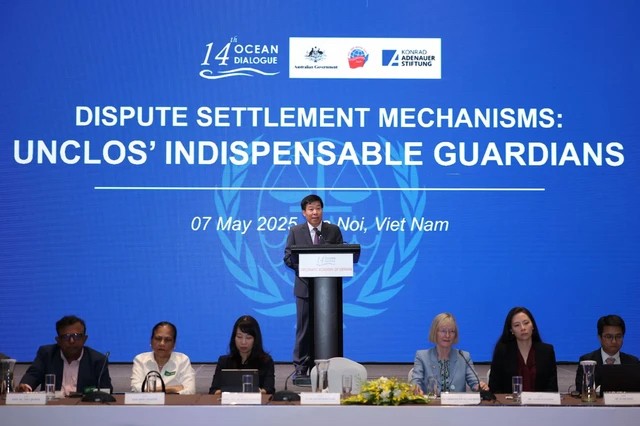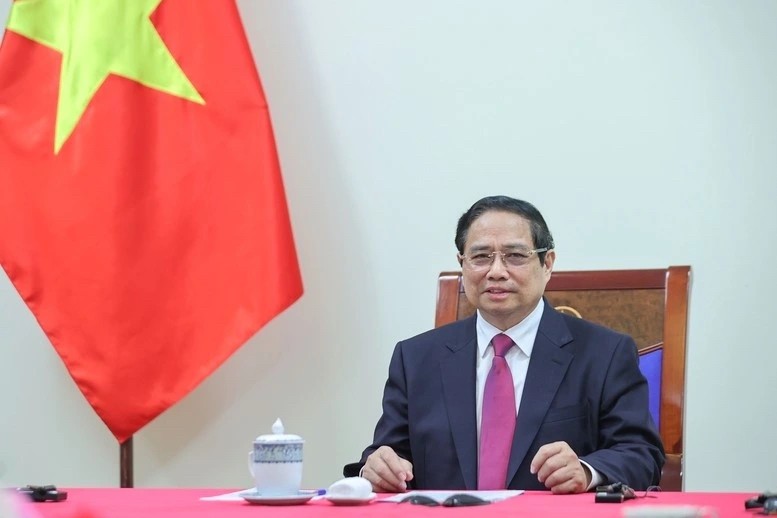Vietnam Tends to Achieve US$1 Trillion from Foreign Trade by 2025
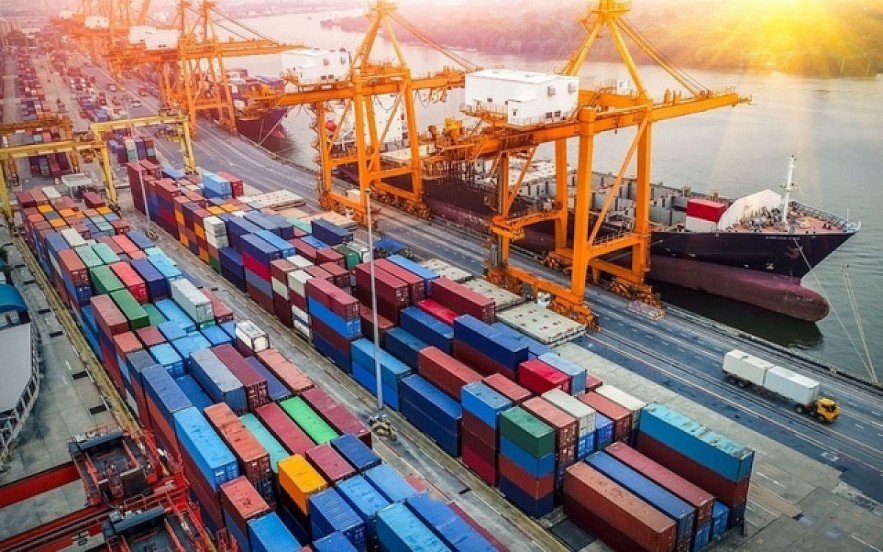 |
| Vietnam has made an impressive trade performance in 2022, breaking a record set in the previous year. |
Despite the impact of the protracted Russia-Ukraine conflict, global market fluctuations, and rising inflation risks internationally, the national economy recorded an impressive trade performance in 2022, with the import-export turnover reaching more than US$730 billion, thereby breaking the US$600 billion record set in 2021 and representing an annual rise of 10%. The trade sector has high hopes of raising the annual trade figure to new heights ahead this year and moving forward, in which the US$1 trillion trade is an ambitious target set for 2025.
This plan can be realised providing that domestic businesses continue to make full use of FTAs, especially new-generation FTAs such as the EU – Vietnam Free Trade Agreement (EVFTA), the Regional Comprehensive Economic Partnership (RCEP), and the Comprehensive and Progressive Agreement for Trans-Pacific Partnership (CPTPP), according to Dr. Lang from the International Business & Economics Institute under Hanoi-based National Economic University.
He says that new generation FTAs generate large markets for Vietnamese exports by offering taxes to be cut to almost 0%, reducing costs, and simplifying procedures. At the same time, these FTAs also help the country to take advantage of abundant capital and high technology from transnational corporations, as well as developing supply chains, according to the VOV.
Despite having higher requirements, new generation FTAs still have the potential to bring about good prospects, meaning they can be considered as tools to overcome fluctuations in the world economic market and the evolution of the COVID-19 pandemic, elaborates Dr. Lang.
In contrast, new generation FTAs present certain challenges with high requirements in terms of rules of origin, environmental factors, labour standards, along with a number of technical and non-technical barriers. Indeed, all FTAs require building a strict and scientific value chain in order to optimise the various benefits and ensure long-term partnerships. This represents a major challenge in terms of building a supply chain from the very first stage of research, development, and innovation, up to the last stage of after-sales service.
To competently implement FTAs, Dr. Lang suggests that management agencies pay attention to the development of businesses by introducing solutions to encourage innovation, as well as investing in key products and services whilst developing supporting industries and promoting start-ups.
At present, an urgent requirement is to improve the business environment and upgrade the infrastructure for export to maximise cost savings, according to the expert.
For businesses, he says the requirements of transparency, equality, friendliness, and cooperation of the business environment are always respected in order to reduce intermediaries and unofficial costs. The simplification of administrative procedures, business, and trade facilitation with regard to technical infrastructure, logistics services, and social infrastructure must therefore be implemented effectively and efficiently to create breakthrough results.
Dr. Lang believes that businesses should study and master the requirements of new generation FTAs in terms of rules of origin, environmental standards, labour standards, responsible business practices, and investment to meet technical and non-technical requirements.
Alongside improving the overall quality of products and services, he says that firms also need to invest in branding, boost networking connectivity, apply new business models by combining traditional commerce with e-commerce, increase promotion, and develop scenarios to prevent risks.
It is also important that authorities actively negotiate to expand export markets, formulate a strategy for export goods, set up a market information system, support trade promotion, and build a team of trade experts capable of making accurate forecasts and giving practical advice, suggests Dr. Lang.
Bright prospects
Despite two-digit growth in 2022, exports were anticipated to face several difficulties and challenges, both from within the economy and external influences.
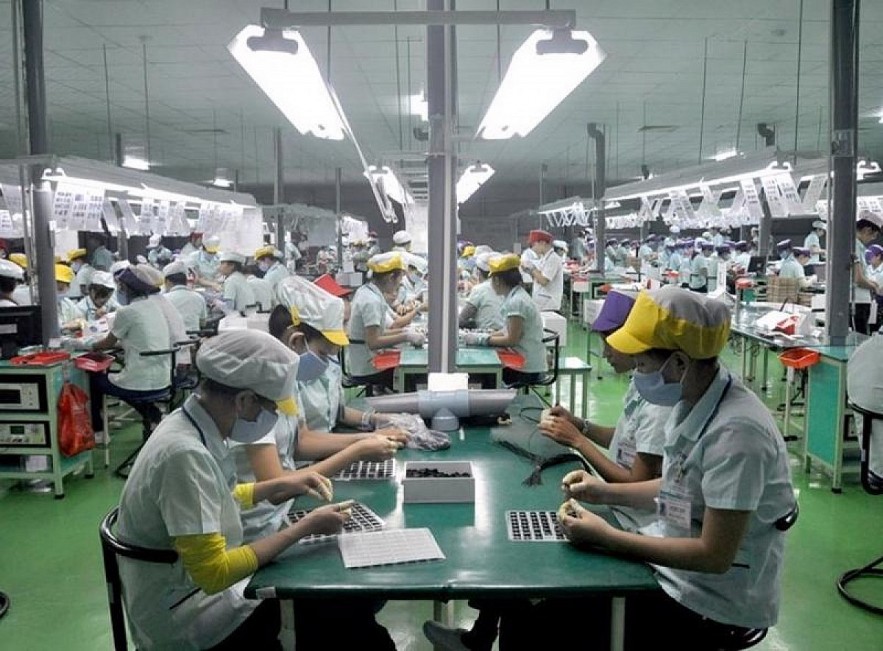 |
To achieve the goal of export growth at 6 per cent this year, coupled with maintaining a trade surplus, more support must be given to enterprises, especially in capital access and market expansion.
The first challenge was the decline in orders when many cut, postponed or cancelled. Many enterprises could not sign new ones due to the rising inflationary pressure from many countries, including Vietnam’s major trade partners.
The second challenge was the financial pressure on export enterprises, with most facing capital shortages, difficulty accessing capital due to high-interest rates, fluctuating foreign exchange rates, and rising input material prices after more than two years of struggling with the pandemic.
In addition, the requirements for the quality of goods were increasingly demanding. It was a must to improve the product quality to take advantage of tariff preferences provided by new-generation FTAs, such as EVFTA and CPTPP.
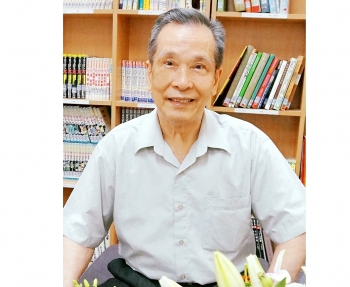 | Vietnamese scholar honored by Japanese government Associate Professor, Dr. Tran Son, 82, former head of the Japanese language faculty under the Foreign Trade University (FTU), has been presented Japan’s Order of ... |
 | Vietnam Wants to Strengthen Cooperation With Pakistan Vietnam and Pakistan diplomats discussed the potential to improve economic and trade relations and its impacts on the ASEAN region. |
 | Vietnamese Retail Market Attracts Foreign Investors The local retail sector has evolved into a magnet for hordes of international investors due to its vast market size and open domestic market growth ... |

